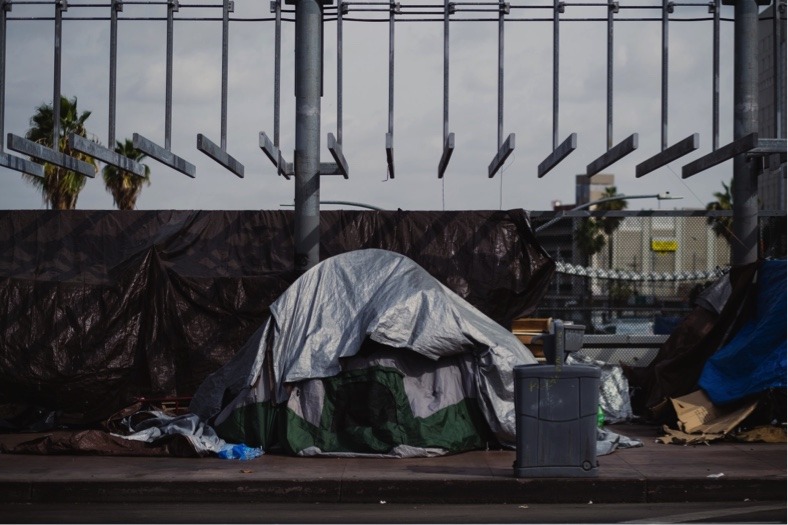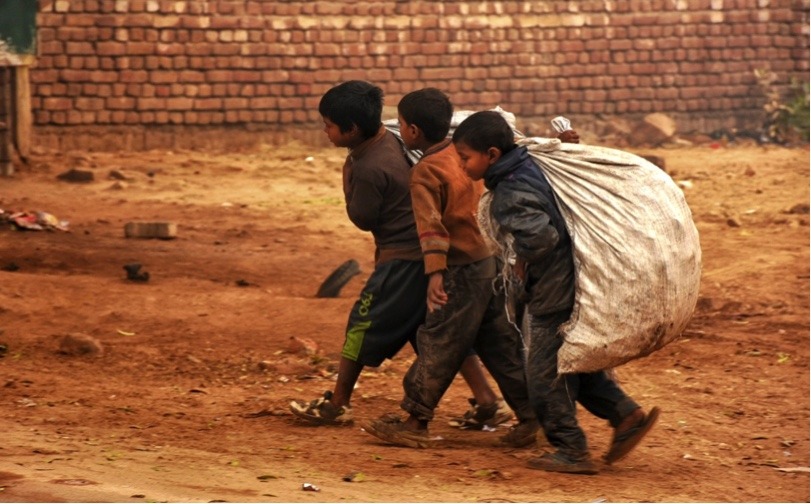by Irene Garrett

During the height of the pandemic, social workers continued to provide their services to clients and organizations, but received little media attention. Few reports covered their access to PPE or their professional response to the pandemic, despite their jobs being more vital than ever. According to a joint paper on frontline social workers from the University of California and the University of Houston, social workers were taxed with demand (Abrams & Dettlaff, 2020). They handled cases of grief and loss, doled out food, helped shelter the homeless, and managed hospital cases, among other tasks. Even as larger organizations failed clients, and volunteers decreased significantly, social workers were challenged to continue their service.
Indeed, social work is a “helping profession,” with Maryville University’s feature on social work highlighting how workers connect with the community in various settings (Maryville University, 2022). They provide assistance and counseling for people in hospitals, schools, correctional facilities, rehabilitation facilities, nursing homes, homeless shelters, and community health centers — to name a few. They also offer different forms of support, including career training, education, child care, and healthcare, particularly for those in and out of prison.
As we saw in their experiences during the pandemic, however, it is difficult for social workers to garner support if the public is not aware of what they do. The importance of photos and other visual materials cannot be underestimated, especially in social workers’ witness of the human condition. Here are four key ways social work can tap into the power of photography:
- Photography Can be Used as Therapeutic Intervention
Social workers often address mental health issues among children, adolescents, and adults, many of whom may not have the words to articulate their thoughts and feelings. Photography can help these patients better express themselves. Research on therapeutic photography published in the Journal of Psychiatric and Mental Health Nursing suggests that taking photos can be a helpful intervention for some adults with mental health issues (Buchan, 2020). Photography gives them a sense of empowerment and increased self-knowledge, while simultaneously helping them to work through their issues and strengthen therapeutic relationships.
Photos also allow social workers to learn more about how their clients view the world, as well as what they value. Asking mental health patients to describe photos with open-ended writing prompts offers a safe way to “talk,” and most disclosures tend to be richer than they would be in a verbal session.

- Photos Help People Visualize Pressing Issues
Since the invention of cameras, photography has always been intended to serve as witness to and proof of reality. It is an excellent tool for reporting and making things visible, drawing our attention to problems that we may not know existed. Plus, photos elicit more emotional response than simple data and numbers, and it’s very hard to push for change without emotions. Some social workers managing public housing projects have found photos helpful for pinpointing health and safety issues, especially when governments aren’t providing adequate living environments.
Greenpeace’s article on the power of photography for climate change points out how images can communicate emergencies (Kuen, 2021), for example, by showing us the urgency of the climate crisis in parts of the world where we can’t physically be and experience it for ourselves. Pictures serve as a universal medium of communication, transcending language and cultural barriers. With this type of storytelling, we can bridge the gap between statistics and reality to effectively visualize what needs to be done.
- Photography Can Reframe Our Perspectives
Often, social workers struggle with misperceptions related to their profession and the types of services they provide. Here, too, photos can help. In an experiment on perceptions of adult day care published by the Oxford University Press, one group was shown positive images of clients engaged in program activities before taking a survey on their attitudes about daycare services (Marshall et al., 2009). The results showed that these respondents had a more positive perception of adult daycare services, compared to those who didn’t see the photos. This can be useful when lobbying for a larger budget, for instance.
Moreover, photos have the capacity to change the way we think about populations that social workers serve. Social work often involves caring for the most vulnerable, isolated members of society, such as those imprisoned or recovering from substance abuse. Photos can affirm and remind us of the dignity, worth, and self-esteem inherent in all people.

- Photos Can Create Social Change
As we discussed in a previous post, ‘The Power of Photos for Protesting,’ photos can raise dialogue and awareness to influence reforms, as seen in the Black Lives Matter protest photos (Peters, 2020). These pictures are powerful because they guide viewers’ emotional response toward action, inspiring activism in the cause of social justice.
Images can convey challenges that each community faces, showcasing spaces, places, and people in need of support services and resources. And, thanks to smart phones and social media, we are able to proliferate images in real time.
“Pictures serve as a universal medium of communication, transcending language and cultural barriers.”
Social Work and the Photovoice Method
In essence, what we have been discussing is a qualitative research method called Photovoice, which scholar Jennifer Molloy describes as, “a technique that affords diverse populations of oppressed individuals the opportunity to take social action by raising awareness in the community and with policy makers through use of a photographic process” (Molloy, 2007).
For instance, the aforementioned joint study from the University of California and the University of Houston was based on 16 videotaped interviews of social workers sharing their lived experiences (Abrams & Dettlaff, 2020). The researchers note that although its methodology is not grounded in traditional qualitative research, the stories told through this technique helped illustrate the role of social workers in the community, as well as inequities that transcend the current pandemic.
Since 1992, when the first project was conducted by Caroline C. Wang and Mary Ann Burris in Yunnan Provice, China, we have seen a vast increase in the use of Photovoice, owing to its ever broadening recognition as a valid and valuable research method. In her work “Taking a Closer Look at Photovoice as a Participatory Action Research Method”, scholar Kathleen Sitter notes that as Photovoice continues to gain attention, we must reflect on how exactly the collaborative aspects unfold and take shape through community engagement (Sitter, 2017). Ultimately, the efficacy of Photovoice depends on how we choose to apply the technique in social work practice.
References
Abrams, L. S., & Dettlaff, A. J. (2020). Voices from the frontlines: Social Workers Confront the COVID-19 pandemic. Social Work, 65
Buchan, C. A. (2020). Therapeutic benefits and limitations of participatory photography for adults with mental health problems: A systematic search and literature review. Journal of Psychiatric and Mental Health Nursing, 27
Improving community safety through Social Work
Kuen, T. L. (2021, August 22). The power of photography as we enter ‘code red for humanity’
Marshall, H. L., Craun, S. W., & Theriot, M. T. (2009). The big picture: How social work can effectively utilize photographs. Social Work, 54
Peters, C. (2020, September 25). The power of photos for protesting – photovoice worldwide. Photovoice Worldwide. Retrieved April 6, 2022, from https://www.photovoiceworldwide.com/the-power-of-photos-for-protesting/
